Aloha! My name is Stan Moniz (@stanmoniz), a professional photographer and filmmaker with a deep passion for the night sky and astrophotography. Born and raised in Hawaii, stargazing and the appreciation of a dark night sky came easily. I still remember my mother driving me out to Kaena Point on the North Shore of Oahu to watch Halley's comet slow drift across the Hawaiian night sky.
See how Stan Moniz of the Alpha Imaging Collective uses Sony Alpha cameras, prime & zoom lenses and a few key accessories he uses to photograph the night sky.
Many years later and now living in Southern California, my Sony Alpha camera became the catalyst to reliving and sharing these experiences of tranquility and wonder under the beauty of a dark night sky. My favorite dark sky location is Joshua Tree National park where I hold monthly workshops to pass on the fun and relaxing art form of astrophotography. I also go on solo adventures to Death Valley to take photos. No matter where I go, you can count on me currently having the same gear setup which all fits in my backpack.
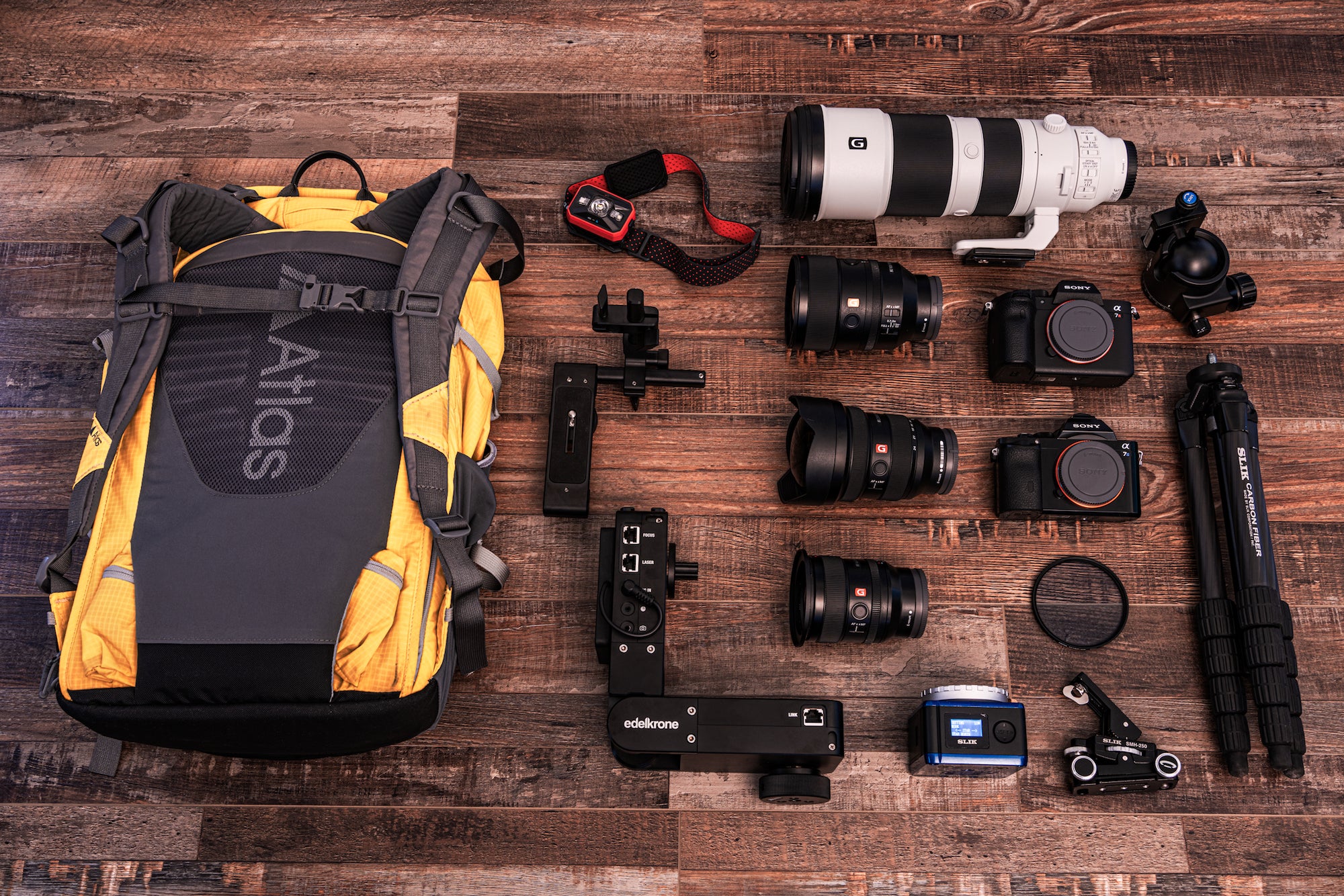
Cameras
Sony α7R IV: I find a focus on fine art astro-photography always fun and exciting and when I make a special image, I like to make a big print of it. Even in the era of Instagram, nothing has the impact of a big print with crisp detail and rich colors. With this interest in mind, the α7R IV has the resolution (61 megapixels) and bit depth to allow me to print as big as I want. Its ability to deliver such a high resolution file with terrific dynamic range is a key point in the art form of printing.

Photo by Stan Moniz. Sony α7R IV. Sony 12-24mm f/2.8 G Master. 15 images stacked at 15-secs., f/2.8, ISO 3200

Photo by Stan Moniz. Sony α7R IV. Sony 12-24mm f/2.8 G Master. 20-secs., f/2.8, ISO 6400
Sony α7S. I'm big on time-lapse photography, especially of the night sky. Because of its smaller 12 megapixel count and extremely clean imagery at a higher ISO, exporting a 4K sequence couldn't be any easier. Its ability to deliver such a high resolution file with terrific dynamic range is a game changer in the art of printing. The α7S is my primary astro time-lapse camera for this reason and one other. I had a custom full-spectrum modification done on my α7S to allow the camera to capture the hydrogen alpha wavelength. True star light is now more visible.
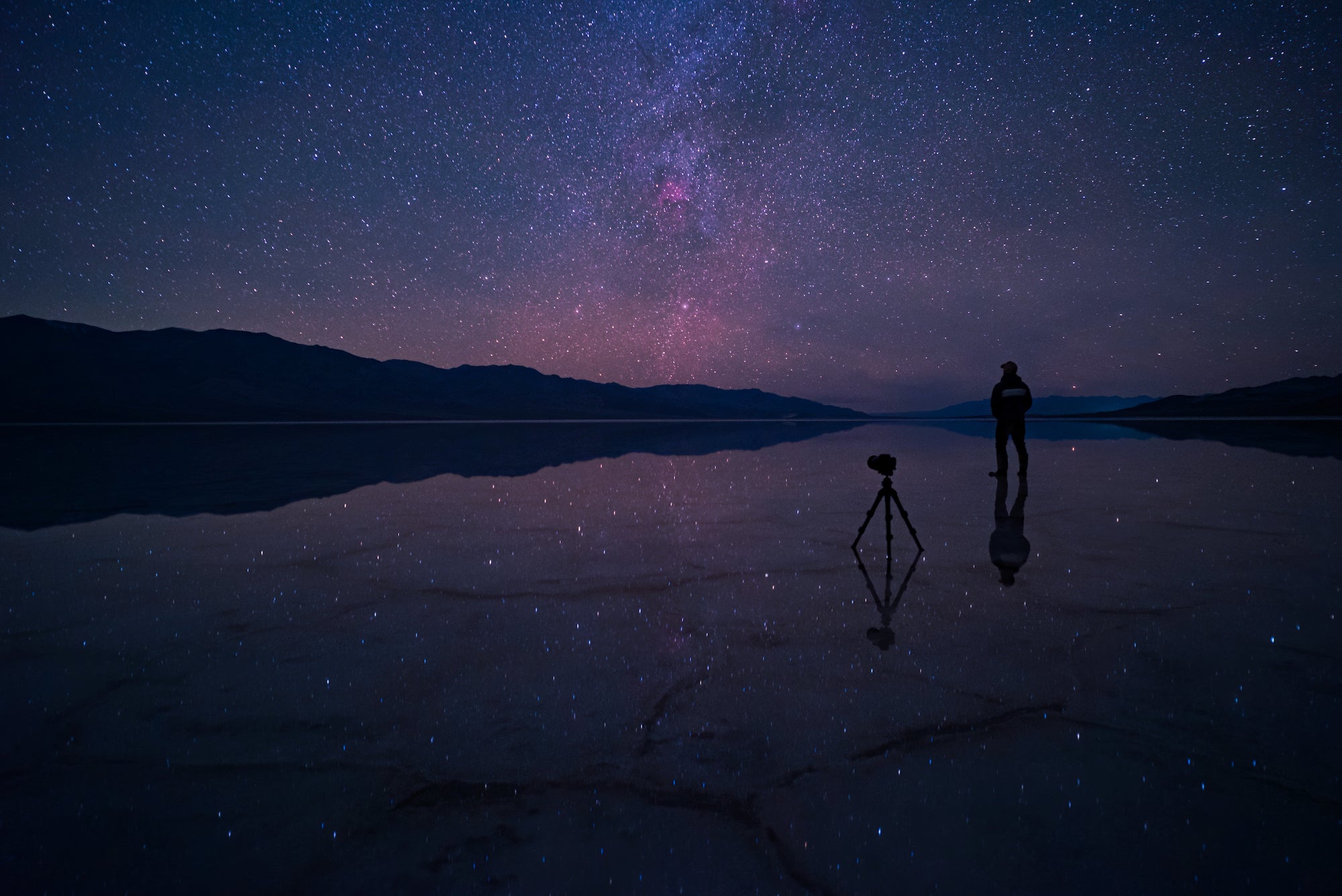
Photo by Stan Moniz. Sony α7S. Sony 24mm f/1.4 G Master. 20-secs., f/2.2, ISO 6400
Lenses
Sony 24mm f/1.4 G Master: I absolutely love this lens. Yes, it's an ultra-sharp, fixed focal length lens with a super-fast f/1.4 aperture which is very useful for low light photography and video. I've called this lens the "King of the Night" in the past for a good reason. I haven't seen a lens ever produce such sharp pin point stars in the furthest corners wide open at f/1.4.

Photo by Stan Moniz. Sony α7R IV. Sony 24mm f/1.4 G Master. 15 images stacked 15-secs., f/2.2, ISO 6400
The 24mm G Master produces incredibly high-quality images of the night sky, which is why you can always count on me having it in my bag. This lens also is a favorite of mine for low-light video. I'm a fan of shooting video under natural moon light, especially when this lens is paired with α7S and now soon to be α7S III ( see more about the just-announcend Sony α7S III HERE) At f/1.4 I can literally see in the dark! I can capture every detail on the ground to the stars twinkling up above. It's a fixture on my camera for night time video 100%!
Sony 12-24mm f/2.8 G Master: Just when I thought Sony created the BEST lens suited for astrophotography in the GM 24mm, they struck again! It's the newest lens of the bunch and was happy that I had the opportunity to be one for the first to check it out.
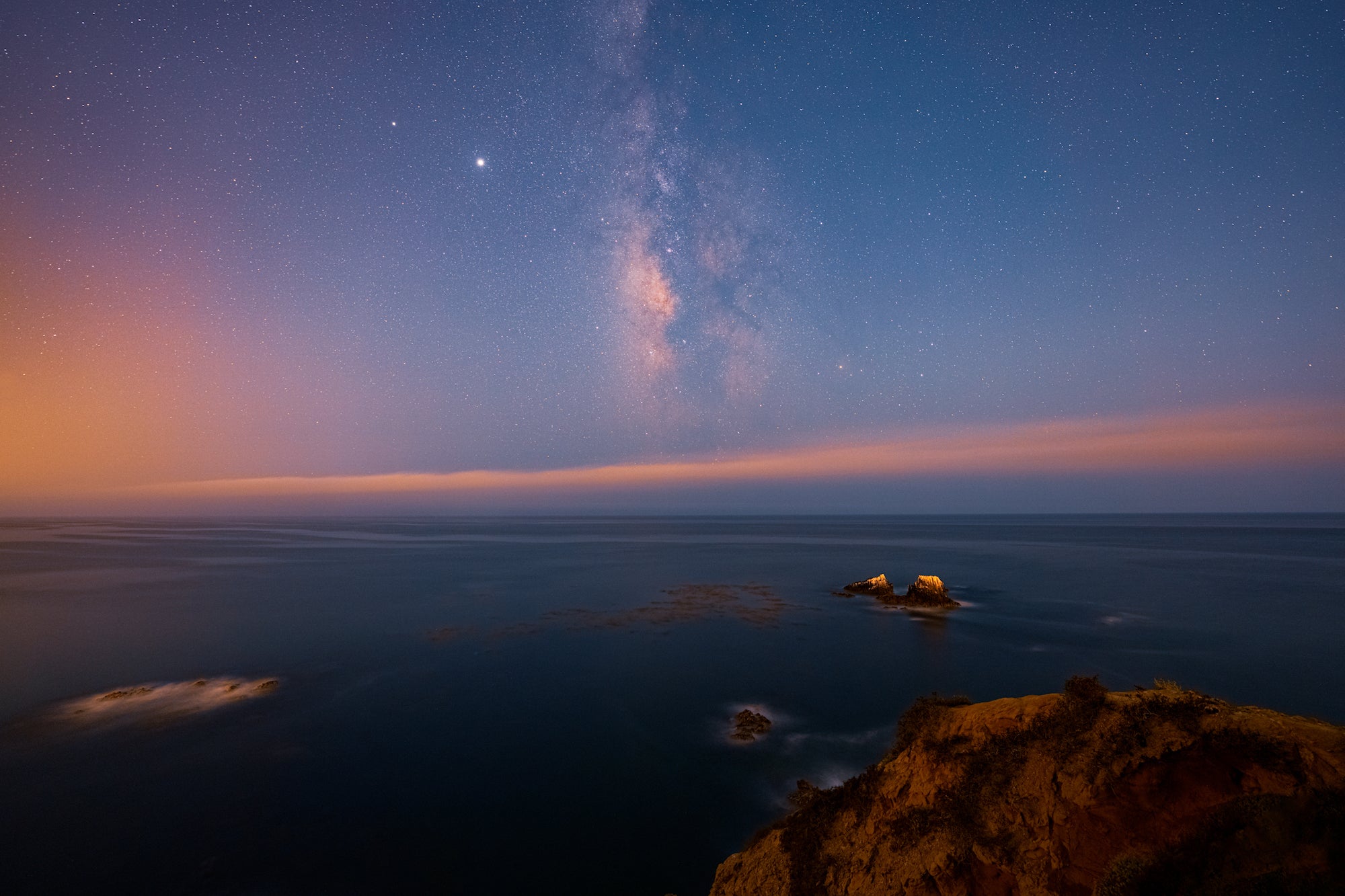
Photo by Stan Moniz. Sony α7R IV. Sony 12-24mm f/2.8 G Master. 15 images stacked at 20-secs., f/2.8, ISO 4000
The new 12-24mm f/2.8 GM produces pinpoint stars wide open all the way out to the corners of the frame. This is a huge advantage for wider field astrophotography. I never really was a big fan at shooting at 12mm but this lens changed all of that. You can just capture so much in one frame. And in my experience, the new 12-24mm GM lens has no noticeable distortion at 12mm.
I used the 12-24mm GM to snap a shot of my workshop group gazing up at comet Neowise as well as to capture a wide field photograph of the moon, Venus, Pleiades, the Andromeda galaxy and the outer band of the milky way in one shot. That's nuts! This lens is definitely a worthwhile purchase. If you're into shooting extremely wide, I think this lens is well worth the investment.
Sony 200-600mm f/5.6-6.3 G: I call this my moon bazooka! I'm a big fan of capturing the rise and set of a full moon. With proper planning and composition you can get quite creative with this lens. Its sharpness and color rendition are mind boggling at times! I actually think the 200-600mm G should be a GM lens. It's that good!
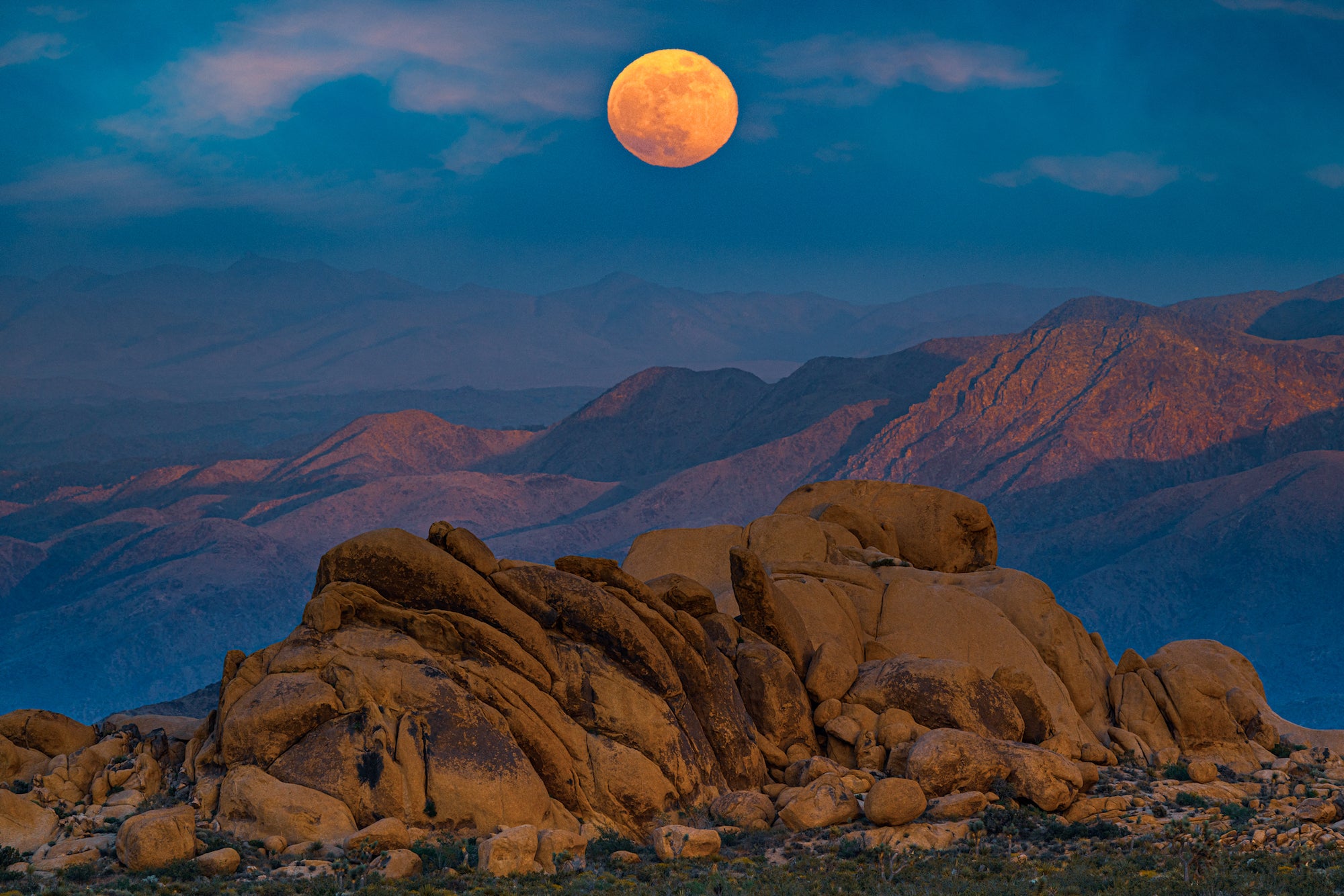
Photo by Stan Moniz. Sony α7R IV. Sony 200-600mm f/5.6-6.3 G. 1/125-sec., f/7.1, ISO 400
Sony 135mm f/1.8 G Master: When inspiration strikes to shoot deeper into space, this is the lens that I reach for. It's as sharp as lenses get and it's very light in weight for a fast f/1.8 lens. The size and weight make it effortless to track celestial objects like comet Neowise and the core of our Milky Way galaxy with my portable Slik astro tracker. Tracking allows me to push the exposure time a lot further than normal without any blurring of the stars or subject matter. It allows the sensor of the camera to pick up more light and detail at a much lower ISO.
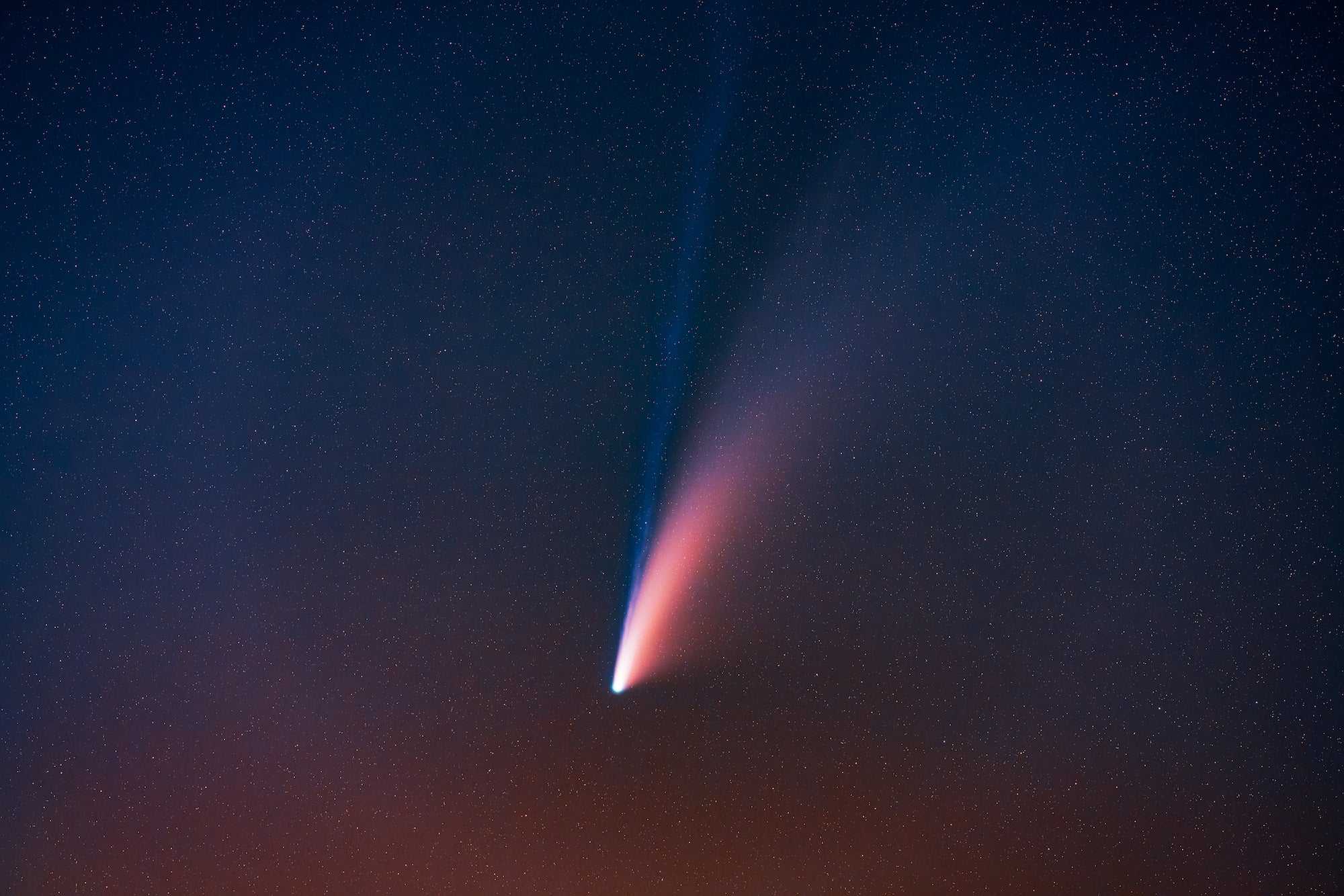
Photo by Stan Moniz. Sony α7R IV. Sony 135mm f/1.8 G Master. Slik ECH-630 Star Tracker. 10 images stacked at 30 secs., f/2, ISO 1000
Accessories
Other than your extra batteries and chargers to go with the camera, my bag contains a few extra things.
Hoya Starscape Filter: This filter has my back each and every time. It helps to reduce "light pollution" by blocking out orange yellow color spikes from city lights while improving contrast between the stars and the sky. It's useful in enhancing fall colors without affecting greens and blues.
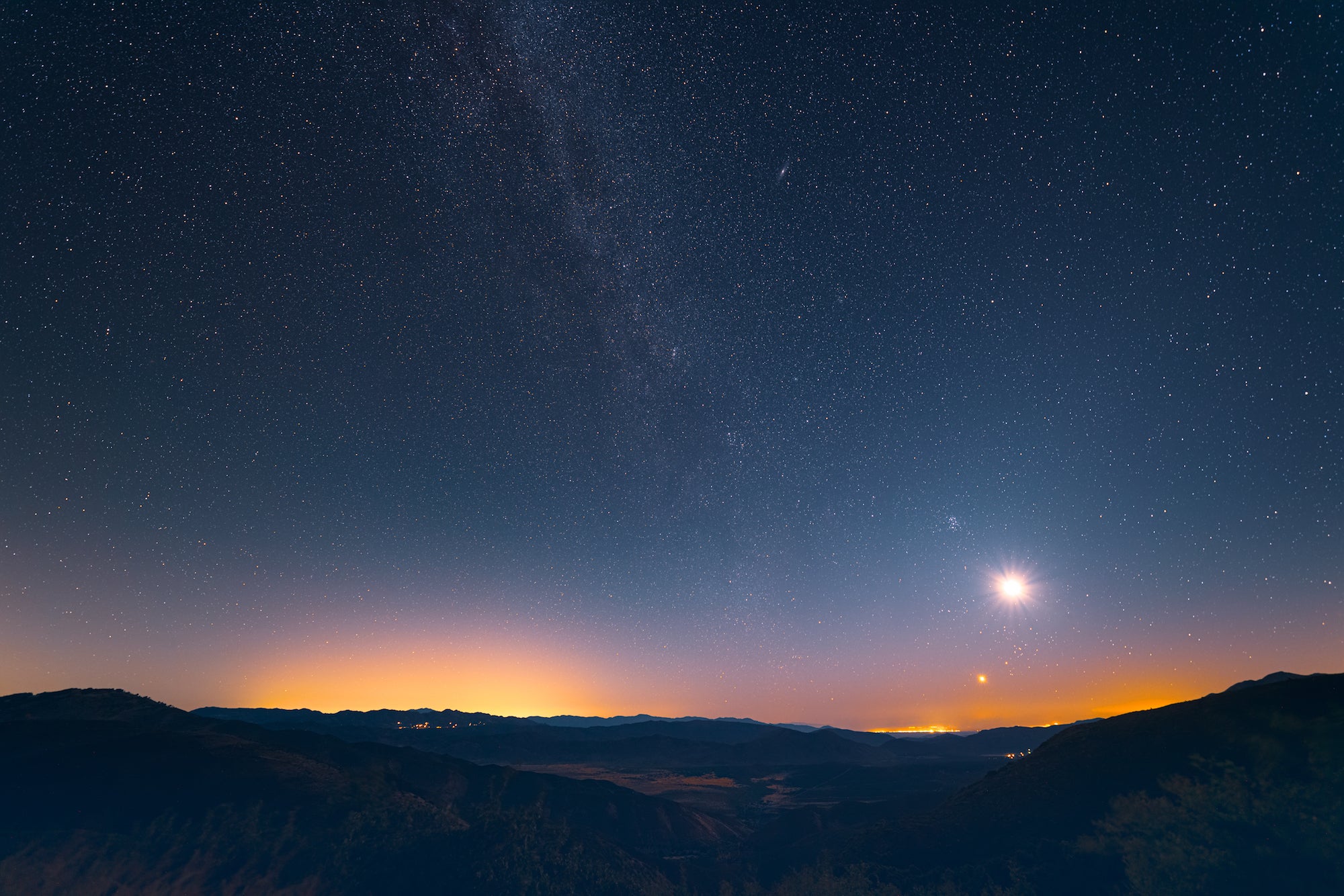
Photo by Stan Moniz. Sony α7R IV. Sony 12-24mm f/2.8 G Master. 15 images stacked at 20-secs., f/2.8, ISO 6400
Slik Cf-635 Tripod With PBH-52LP Ball Head: This is my go to tripod for a few years now for good reason. It's an extremely light combo matched with a ball head. The craftsmanship is top notch and it's easy to attach to the side of my Atlas pack.
Slik ECH-630 Astro Tracker With Micro Adjuster: This is probably the most compact star tracker you can find on the market that is backpack friendly. It can't handle too much weight, but as mentioned before, the GM 135mm pairs nicely with this combo. I also can use it for an on the fly left to right time-lapse module in a pinch.
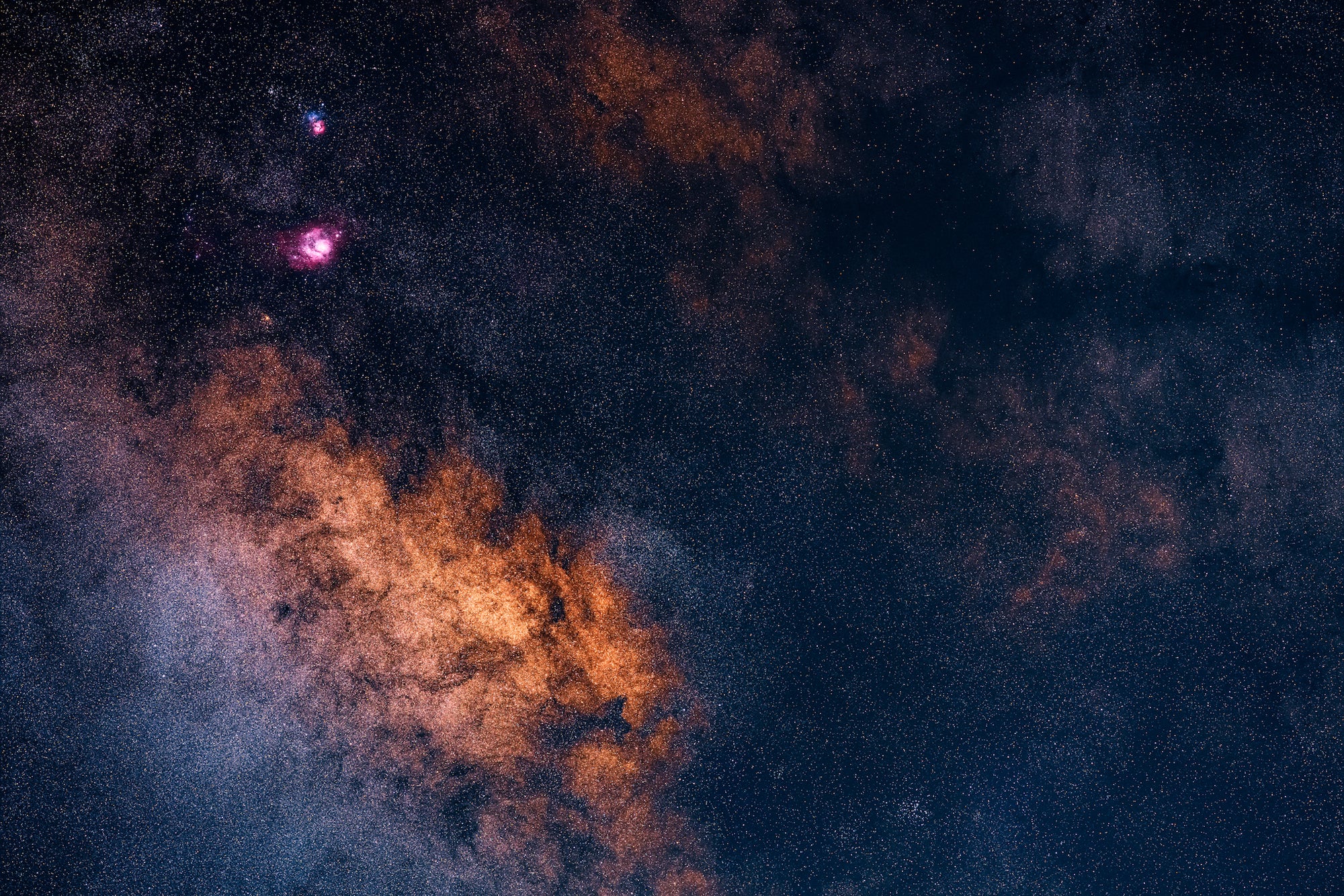
Photo by Stan Moniz. Sony α7R IV. Sony 135mm f/1.8 G Master. Slik ECH-630 Star Tracker. 10 images stacked at 30-secs., f/2, ISO 1000
Edelkrone HeadPlus Pan & Tilt Head: I'm certainly a huge fan of time-lapsing, especially the night sky. Not only is this the best setup I found easily to pack up along with the rest of the gear, it's rock solid structure can handle a payload of up to 10 pounds and ease of use via the Edelkrone phone app makes motion time-lapse and video both creative and fun.
Black Diamond Storm Headlamp: Last but not least, it is the smallest tool in the shed but something I can't live without. In getting around at night I found the Storm to be the best headlamp money can buy. It's definitely packed with variable lightning options that I even find useful to add artificial light to a creative scene.
That's about it folks! I hope you found this article useful and informative for your next astro photography adventure. If you're interested and want to learn more about the art of photographing the night sky, please do visit my workshop page.



